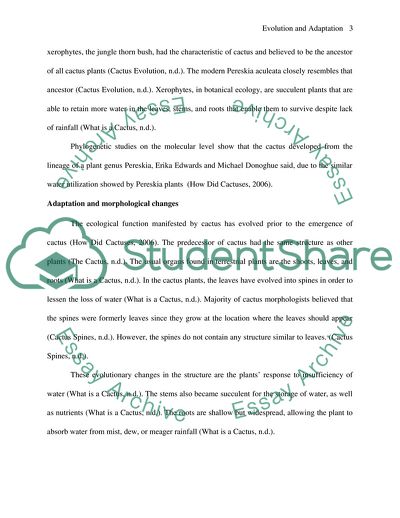Cite this document
(Evolution and Adaptation of Cacti Literature review Example | Topics and Well Written Essays - 1500 words, n.d.)
Evolution and Adaptation of Cacti Literature review Example | Topics and Well Written Essays - 1500 words. https://studentshare.org/environmental-studies/1745464-plant-anatomy
Evolution and Adaptation of Cacti Literature review Example | Topics and Well Written Essays - 1500 words. https://studentshare.org/environmental-studies/1745464-plant-anatomy
(Evolution and Adaptation of Cacti Literature Review Example | Topics and Well Written Essays - 1500 Words)
Evolution and Adaptation of Cacti Literature Review Example | Topics and Well Written Essays - 1500 Words. https://studentshare.org/environmental-studies/1745464-plant-anatomy.
Evolution and Adaptation of Cacti Literature Review Example | Topics and Well Written Essays - 1500 Words. https://studentshare.org/environmental-studies/1745464-plant-anatomy.
“Evolution and Adaptation of Cacti Literature Review Example | Topics and Well Written Essays - 1500 Words”. https://studentshare.org/environmental-studies/1745464-plant-anatomy.


